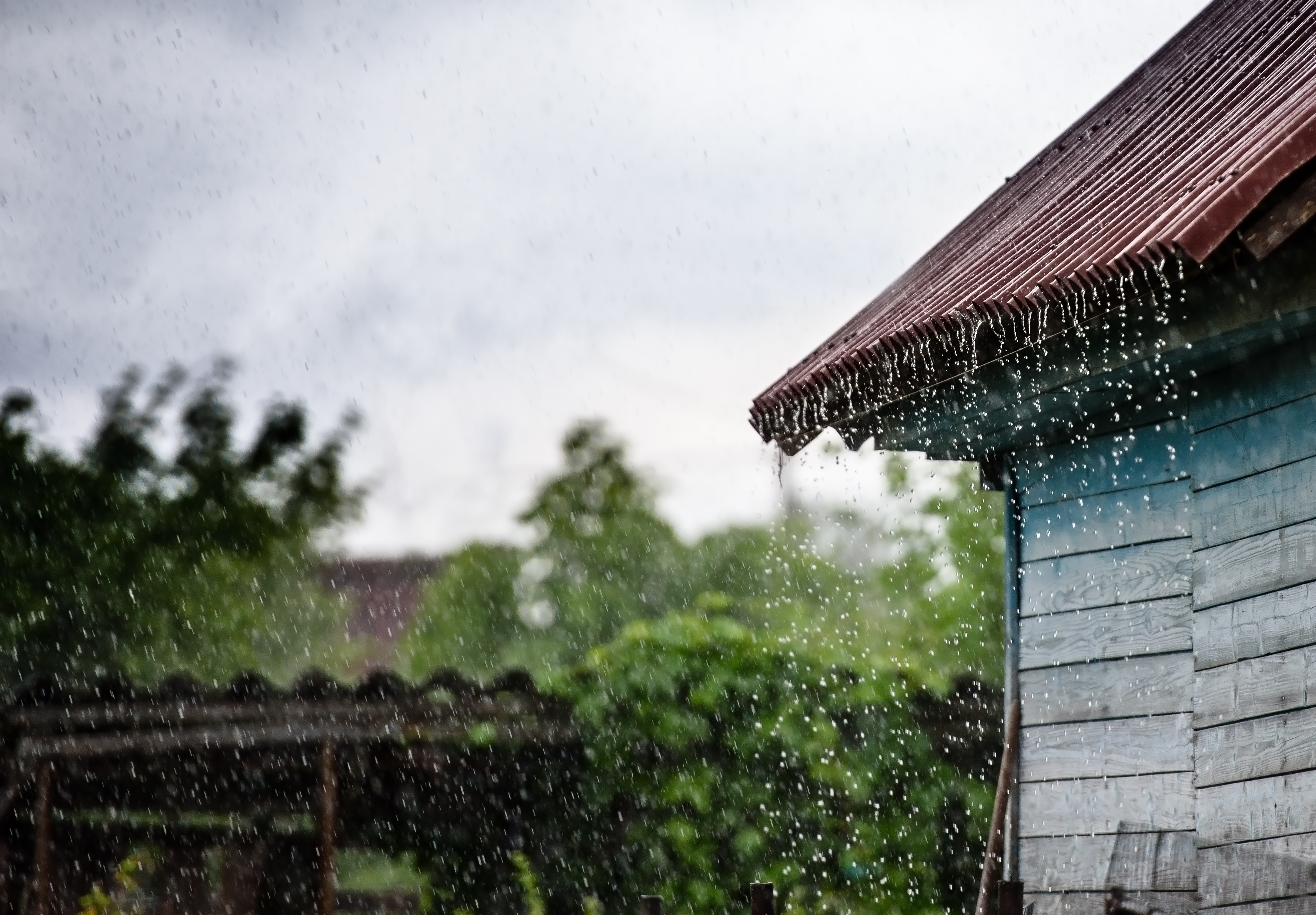This growing guide was planned and written before Hurricane Hillary had formed; our thoughts go out to those impacted in California, Idaho, and Oregon. Please stay safe out there!
The climate has been particularly disturbed lately, and it has not only thrown growing seasons into disarray. Storms such as hurricanes are increasing in frequency, and these can cause some serious damage to many parts of your life, including your garden. It’s important to learn how to best recover when Mother Nature decides to throw a wrench (or a tree, or a power line) into your garden. It can be quite the daunting task, but with some elbow grease and time, you can transform your storm-ravaged garden back into a place where your hard work bears fruit!
Fixing Up The Garden
Assess the Damage
Once the storm has passed, the first step is to see what needs to be resolved. Take a walk around and look for any fallen branches, broken structures, or uprooted plants. This will help you figure out what needs to be done first!
Prioritize Safety
Your garden will come back- so don’t risk your own safety in your panic. Storms can result in dangers such as downed power lines or unstable trees, so make sure that you check the area carefully and use protective gear such as goggles, gloves, and sturdy boots. If the situation is too dangerous, make sure to acquire help- especially if there’s a wire down!
Clearing Debris
A great first step is to start by clearing branches, leaves, and other debris. Your trellises may be in a tree, or in pieces, or somehow weathered the storm in place, but if it’s in the way of cleanup it’s going to have to move.
Righting Uprooted Plants
Plants are incredibly resilent- the winds and water may have uprooted your plants, but as long as their root systems are mostly intact, they will persevere! This goes for anything from a tomato plant to a plum tree, so be sure to put everyone back in their earthy seats!
Remove Plants Beyond Repair
Unfortunately, not all your plants may weather the storm. Plants that have lost significant portions of root systems will likely not bounce back from the incident, so keep an eye out for plants that have sustained considerable damage. It can also be a fresh chance to add something new to the garden, so don’t be afraid to say goodbye!
Protect from Pests
Storms can weaken plants, leaving them susceptible to pests and diseases- and insects can even use the wind like public transport. Keep an eagle eye out for any telltale signs of infestations or illnesses, and take swift action to nip any potential problems in the bud. Any new problems could become very prevalent in a recovering garden.
Protecting For The Future
Cleaning and Pruning
Reducing Soil Erosion
Heavy rains are often a cause of soil erosion, which will carry away your nutritious topsoil, so keep an eye out for spots where that’s been washed away. If you see them, you can rebuild the topsoil with mulch, or implement some more permanent erosion control measures. Cover crops are a great boon in protecting your topsoil from the elements!
Help the Water Table
If you notice a lot of consistent flooding in your garden, there could be an issue with the water table- the amount of water that your garden can hold in its soil. Thankfully, there’s an easy way to help support it: you can plant plant shrubs or trees near recurring water pools to draw from it, reducing the load on the soil. Alternatively, you can redirect water flow by filling in the pools, forcing the water to move elsewhere. This will ultimately help in reducing soil erosion in future storms.
With the increasing intensity of storms as of yet, it’s very important to prepare and be versatile in the face of such disasters. We at Planter hope that this guide might help those who have been impacted by such storms, notably those in California, Oregon, and Idaho who are recovering from Hurricane Hillary. Similarly, I hope that some of these tips may help people prepare their gardens in advance for the coming weather events, to have one less thing to worry about in difficult times. Happy gardening!
